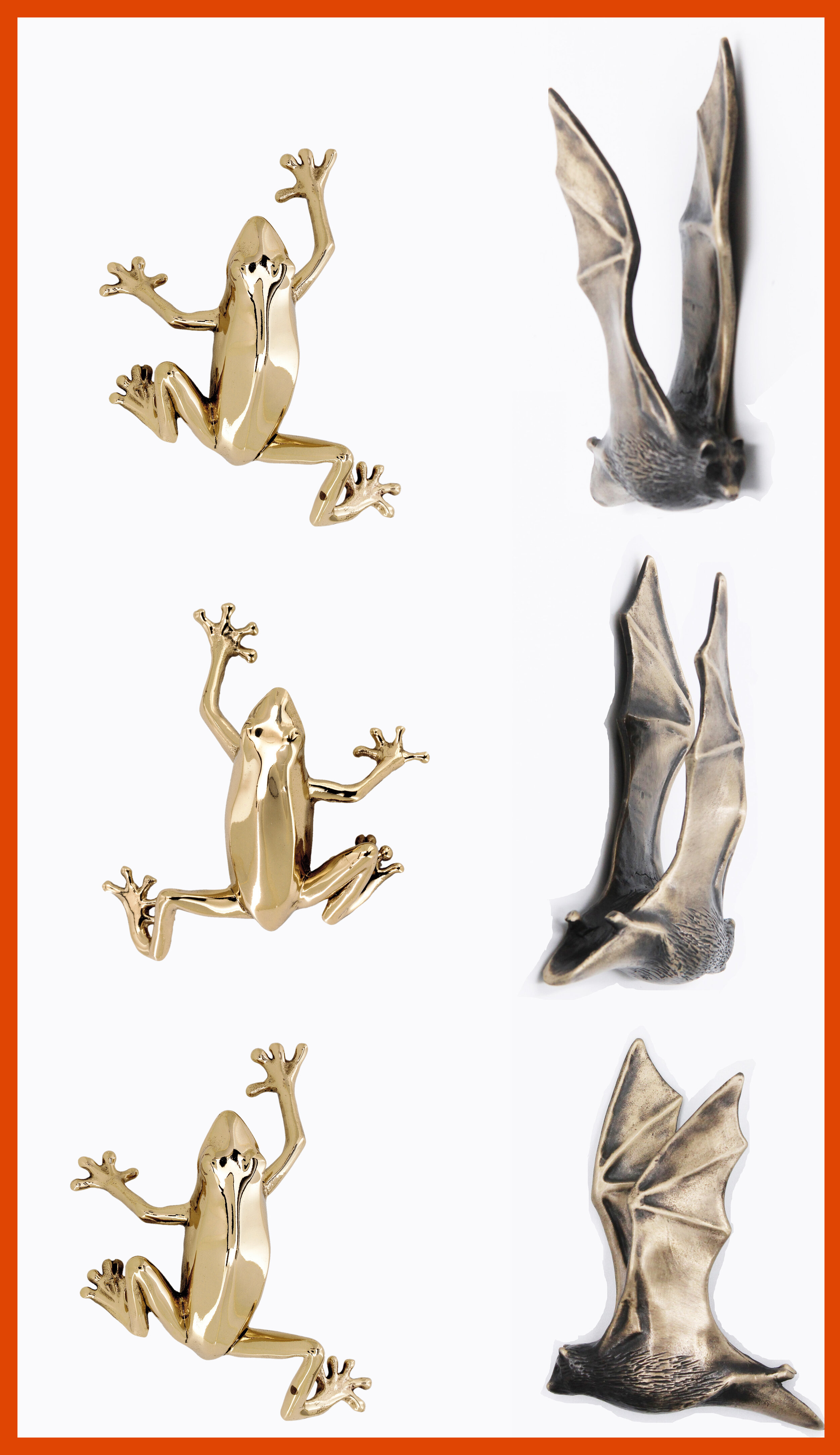Martin Pierce is currently creating 18 gilded panels which will be used as decorative door panels for the front door of his home. Similar framed panels will be available for sale thereafter and we hope to announce those details soon.
Martin is currently at the gilding stage of the process which is what we show in this post. The raised panels are all beetles and the 5 distinct shapes are all from the gymnetis family of beetle. The beetles were chosen for their different body and wing shapes as well as color and will be applied to the door to create an artistic pattern.
The gilding process is used by Martin to create a bright iridescent surface which roughly simulates the iridescence that in beetles is created by the cell structure of their exoskeletons and the way it reflects light. Color will subsequently be added through translucent pigmented glazes.
Gilding brush used to pick-up with gold leaf Brush used to position leaf over wondersize
Once a smooth surface has been created by applying and then sanding a layer of casein (see earlier post) the panel is then painted with a layer of semi-clear wondersize which acts like glue to fix the leaf in place. As a practical matter Martin paints the entire panel and water spots most of the outer area before he begins gilding, this way he does not have to paint around small legs and antennae and the water spots that fall on the insect body can be easily removed with a cloth.
Martin’s fondness of beetles and insects can be seen in his cabinet pulls.







































